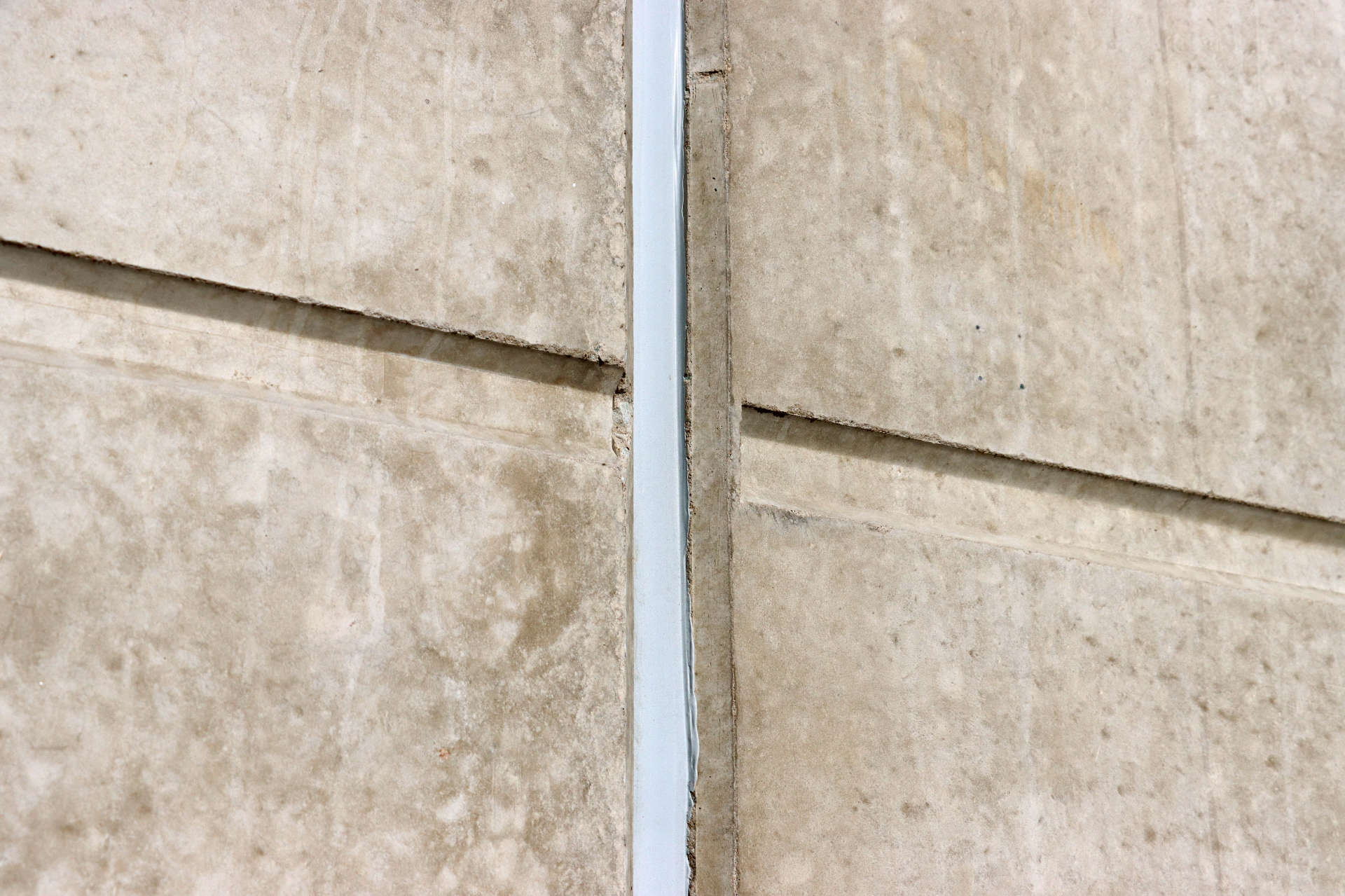In construction, a building joint is a type of link between two concrete elements, in which the second element has been placed on or against the first one. It has the purpose of allowing horizontal movement that results from changes in temperature or humidity, while impeding vertical and rotational movement. They can be horizontal, as found in pillars, or vertical, as found in slabs, and their location must be properly indicated in the project plans. According to some masonry contractors, joints also improve the appearance of an exterior surface by optically reducing inaccuracies in the arrangement of the tiles. Their width is selected based upon the dimensions of the tiles or slabs, as well as the conditions under which the cladding will be worked.
The Material To Seal
When we think about sealing certain materials, professional contractors from tuckpointing companies first have to determine its type. Sealants can be applied to different spots, like the kitchen or bathrooms, or materials such as marble, tiles, glass or aluminum.
Types Of Sealants
In building construction, the materials you can find more often are silicone, hybrid, acrylic and polyurethane. The EN ISO 11600 standard classifies sealants for building construction according to the type of application. Each category is divided into different classes depending on the moment capacity of the sealant as follows:
Silicone-Based Sealants
Silicone sealants consist of an adhesive in liquid form that can withstand moisture, chemicals and harsh weather. It’s ideal for its waterproof capability and durability when sealing cracks, and for repairing small water leaks. Additionally, it does well on surfaces, like glass, aluminum, metal porcelain, tiles and some plastics. One feature that makes it superior to other materials is that it prevents the accumulation of fungi. This makes it perfect for kitchens and bathrooms. This flexible material is also found in PVC, aluminum and wood joinery, as well as bathtubs, sinks, tiles and ceramics. It is also used as an insulator in vehicles. The usages here vary, from sound dampening to keeping out water and dust, and most commonly for window caulking.
Acrylic-Based Sealants
Also known as decorators caulk, painters caulk or decorators acrylic, acrylic sealants are synthetic, water-based ingredients used for sling metal pipes, cables, conduits, busways and ducts that penetrate walls or floors. They are also used by tuckpointing contractors for indoor connection joints in windows and doors, or they can be placed as a filler in interior and exterior cracks. It has the advantage of being easy to apply through a caulking gun, which consists of a nozzle that distributes the product evenly.
Polyurethane-Based Sealants
Polyurethane sealants are one of the most widely used types of sealant for both new construction and renovation projects. Polyurethane is an organic material, efficient for sealing cracks in walls, cisterns, door frames, and other prefabricated elements. It offers superior cohesion for all types of materials, such as concrete, wood, asbestos, aluminum and glass. It can be painted over, and it’s resistant to harsh weather conditions.
Hybrid Sealants
Hybrid sealants are a relatively new technology that consists of a combination of silicone and polyurethane bases. They have the capacity of bonding well to different types of materials like concrete, wood, aluminum, metals, polyester, glass, ceramics and stone. They are commonly found in industrial trucks, containers, air conditioners, and ventilation units, composite panels, and other industrial applications.






